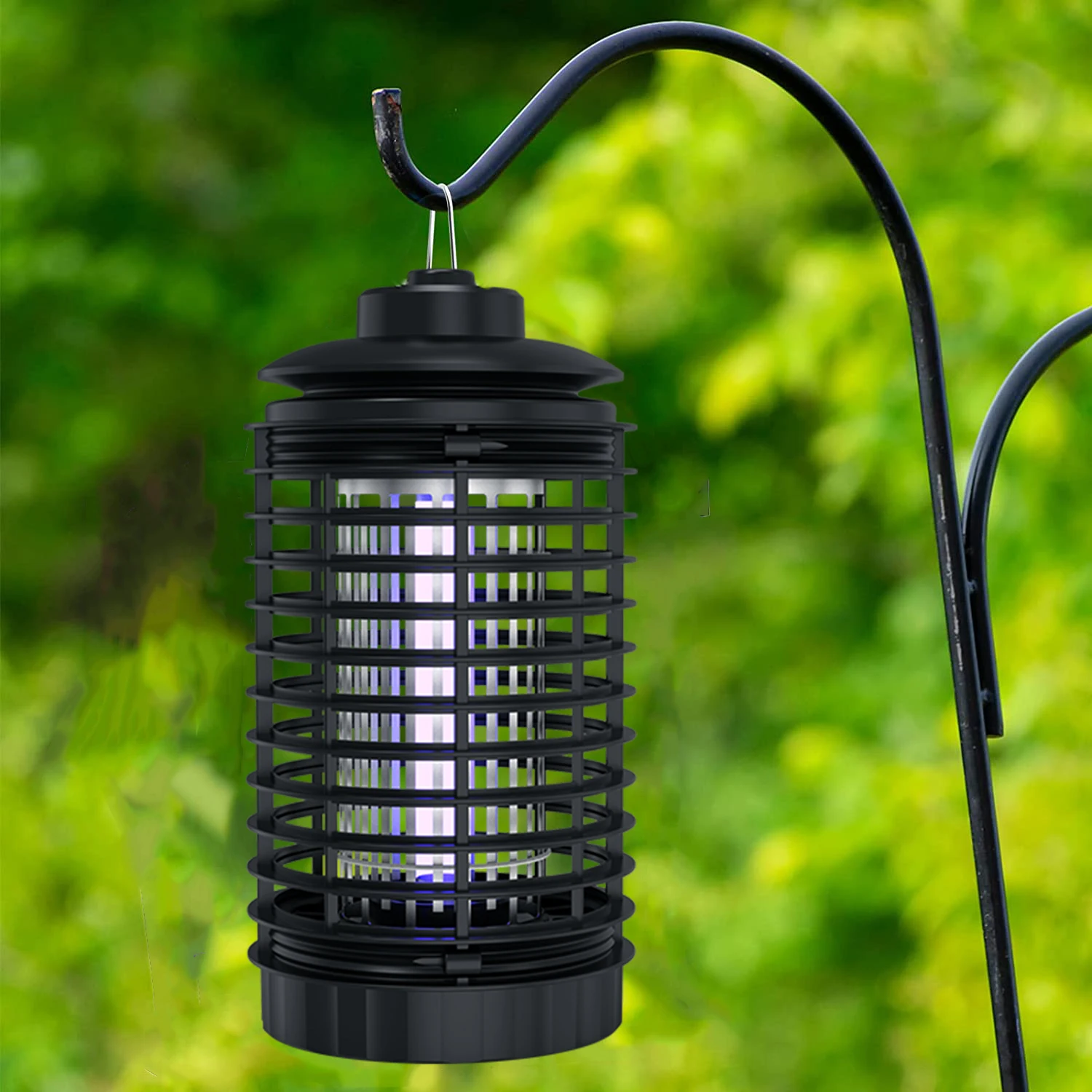Outdoor Pest Control: Keeping Your Property Pest-Free
Introduction
A neat and tidy green space is an additional eye catcher to your property which is increasing a high worth and improving your lifestyle. However, nothing ruins the ideal backyard oasis quicker than pests. Outdoor pests go from annoying bugs to dangerous vermin, bringing destruction, spreading disease, and ruining your enjoyment of your outdoor space. By reading this article, you will learn how to control outdoor pests to protect your comfort and safety.
Identifying Common Outdoor Pests
Outdoor pests can range from insects — ant or termite — to rodent, such as mice and rat — wildlife, such as raccoon, squirrel, and many others. There are also particular challenges presented by each. Termites cause structural damage, mosquitoes cause diseases. The first thing you required to assess your pest control problem is to identify what type of pests are permeating your residence. Keep an eye out for their droppings, nesting or destruction near vegetation and infrastructures.
You, in short, soon are learning other ways to handle the bugs without chemical methods.
Typically outdoor pest control starts with non-chemical control. Biological control, for example, depends on predators to control pest populations. Preventing pest access to sensitive areas is possible with barriers like fencing, netting and other exclusion techniques. Ecological responses include habitat modifications (eg, removing stagnant water to reduce mosquitoes or trimming limbs to reduce tree habitats for insects). These are repellents that are made of natural substances like earth or vinegar which may deter pests as a method of action without killing them.
Chemical Pest Control Methods
Third, it is chemical control. They work, but should only be used in moderation due to health risks and environmental harm. Follow label directions and safety precautions, including use of appropriate safety equipment and minimizing movement to non-target areas. Legal: Check the local legislation regarding the use of AHCs (after harvest chemicals).
Integrated pest management (IPM) methods
IPM combines both chemical and non-chemical methods of pest control in an effort to suppress pest populations below a level that causes harm and to do so with the least possible hazard to people, property and the environment. This means monitoring pest population numbers and beginning with the least harmful controls. IPM ensures that inspections and maintenance are scheduled and, as a result, can help stamp out pest infestations before they become an issue and reactive action needs to be taken.
Outdoor Pest Control: Steps To Take ahead of time
Preventing pests is the best pest control. Through annnual cleaning, we can reduce the signs that attract pests through proper food storage and waste disposal. Landscaping and vegetation control – When you mow on the grass and remove the debris, you will reduce the nooks for animals to conceal in and reproduce. Preventing pets even the opportunity to settle on your property can include blocking not only entry points, such as small gaps under eaves & in walls, but even nesting sites in your walls.
Natural Pest Control vs. Do-It-Yourself Pest Control
Depending on how many issues you have going on and how comfortable you are with treating a dog yourself will decide if you want Empowering Yourself or Professional Cooking worldwide kitchen experience. Knowing the limitations of both DIY pest control v/s professional pest control is the right way of detection between right result. Pest control professionals – These cost more but give you the advantage of experience and tools for getting rid of heavy infestations. When you rely on your own knowledge and tools, pest control becomes much cheaper and you have control over the methods you can use, DIY pest control However, some pests require targeted treatments that non-professionals are far too extreme to administer.
The two environments we consider are:
The pest treatment may be different if you are located in a rural area or an urban area, so this also may be a factor. Urban environments are going to have rodent and insect problems, while bigger properties in rural environments could be confronted with larger wildlife issues. A common example of this is the need to change control measures according to the seasonal variation in pest activity. Other outdoor areas such as a garden, pool or other feature may require individual pest control apartments.
Pest Control With Option For The Environment
But with the emergence of eco-friendly pest Control solutions, there is sustainable alternatives now. Using technology such as solar-powered or smart traps to reduce the use of chemicals. Unless the general populace becomes educated and utilizes these green practices they will be of little value.
Associate engagement and education is vital
Promoting general public awareness about pest control would lead to more sustainable and effective management process. Local programs can give financial and other services to individuals, as well as coordinate larger pest management Among the many responsibilities, researches also confirm the effects of many types of pests found also first, they study the pests and avoid setting them out in the first place order the population most likely by pesticides.
Conclusion
Outdoor Pest Control — The best option to keep your property In-Safe, Comfortable outside Find out the pests for which you need help to create a sustainable plan using a combination of chemical and non-chemical control strategies in order to maintain your property free of pests. The success due to a preventive-minded approach, namely, inspections and preventative measures. So now you know how to pamper your outdoor space without destroying its balance ecosystem! Remember, we are not simply getting rid of the bug, our goal over here is the outdoor spaces in which all can enjoy!

 EN
EN


















































 ONLINE
ONLINE